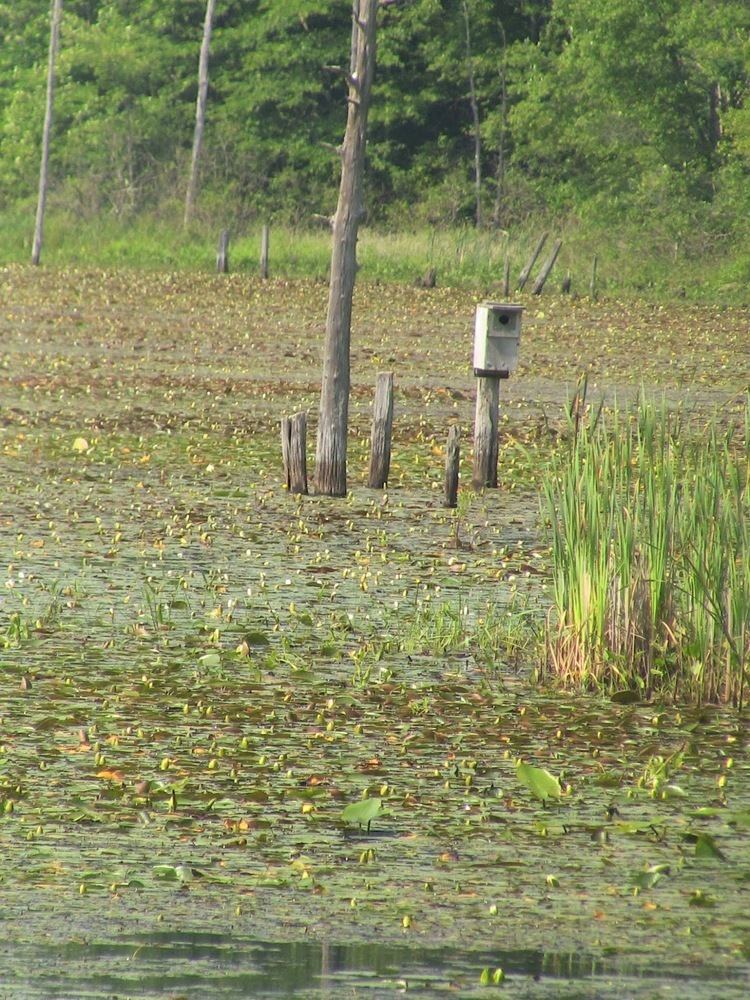 | ||
Similar Freetown‑Fall River State Forest, Gardner Heritage State Park, Cormier Woods, Massasoit National Wildlife R, Quincy Shore Reservation | ||
Vlog episode 23 hockomock swamp haunted in plymouth burial hill cemetery
The Hockomock Swamp is a vast wetland encompassing much of the northern part of southeastern Massachusetts. This 16,950-acre (6,859 ha) land is considered the largest freshwater swamp in the state. It acts as a natural flood control mechanism for the region.
Contents
- Vlog episode 23 hockomock swamp haunted in plymouth burial hill cemetery
- Map of Hockomock Swamp Massachusetts USA
- History
- Environment
- References
Map of Hockomock Swamp, Massachusetts, USA
History
During the seventeenth century, the Hockomock Swamp was used as a fortress by the Wampanoag, the predominating tribe of natives in the area, against invasion by early white settlers. It played a role in King Philip's War as a strategic base of operations for Metacomet (also known as King Philip) to launch assaults upon nearby white settlements.
During the eighteenth and nineteenth centuries, white settlers deemed the swamp to be worthless barren land and attempted to drain it and convert it into profitable farmland. Benjamin Drake of Easton and later William L. Chaffin were early advocates of drainage schemes.
However, the natives of the region placed a higher value on the swamp. For centuries, natives had relied on hunting game there, and the swamp had gained a revered status among them. They named it Hockomock meaning "place where spirits dwell".
There are many stories and legends that have become associated with the swamp. Even in modern times, it has, for some, remained a place of mystery and fear. The paranormal enthusiast community considers the Hockomock Swamp part of the "Bridgewater Triangle."
Environment
The swamp's environment is part of the Northeastern coastal forests ecoregion.
